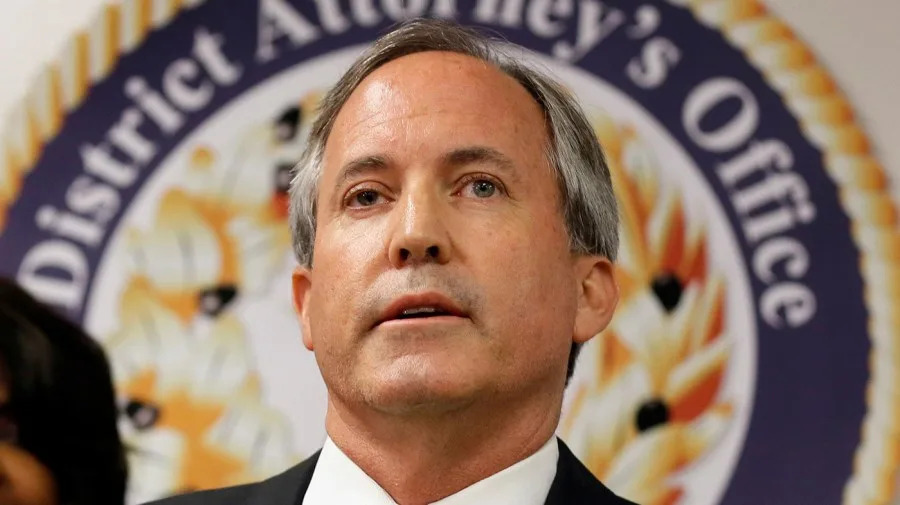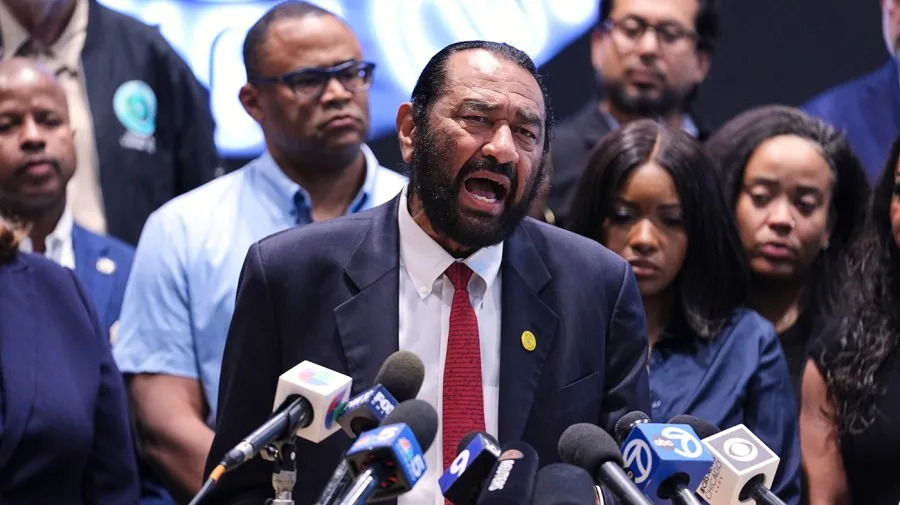
Following weaker than expected jobs numbers and downward revisions to previous data, President Trump’s decided to fire Bureau of Labor Statistics Commissioner Erika McEntarfer. But the case for firing McEntafer is weak, and the choice to fire her on political grounds is unlikely to benefit the economy or the president’s agenda.
The president’s pretext for firing the BLS commissioner focused on supposed political motivations for the reported anemic growth in jobs. The director of the National Economic Council claimed the accuracy of the BLS’s job figures has been “awful.” But understanding how the data is constructed — and taking a look at recent revisions — it is clear that neither claim really holds muster.
BLS, like other Federal statistical agencies, is extremely transparent about its procedures for collecting data. It surveys a sample of workplaces about their payroll employment, wages and hours worked as of the 12th of each month and publishes its initial estimate about three weeks later. Since not everyone responds to the survey within that window, the initial release is considered preliminary — as more information filters in over the next two months, BLS revises its estimates.
So how do they do? Well, using the historical information about the initial and second release of payroll changes, it is clear that the BLS does a pretty good job, on average. Since November 1964, the average revision between the first and second release is an increase of 5.4 thousand jobs — less than 1 hundredth of 1 percent of the total number of nonfarm payroll jobs in in the economy.
It’s true that in recent years, these revisions have been negative on average, but a series of downward revisions is not particularly unusual, and most of these changes are fairly small overall. While the downward revision to the June estimate was on the bigger side (a decrease in 133,000 estimated jobs), it barely cracks the top 20 downward revisions since the 1960s.
It would be surprising if we didn’t experience large revisions to recent payroll data. The fact is, data collection is hard, and getting harder. Stagnant funding and the general upheaval in federal employment means the bureau lacks the workforce to collect the data it should. Moreover, response rates to the surveys have been declining for years. Lower response rates force the government to rely on less data, producing noisier estimates.
The blatantly political pretext for firing the BLS commissioner is unlikely to inspire even the most dedicated BLS employee to stick around, or improve survey response rates. Why bother responding to a survey from the Department of Labor if you think the numbers are just made up?
Casting doubt on federal statistics is likely to backfire for the Trump administration’s economic agenda. Businesses rely on government data to make decisions about hiring, wage setting and investment — and if they can’t trust the data, they are apt to act more cautiously, rather than expanding. Besides, the estimates produced by the BLS and other statistical agencies are needed for other government agencies (and policymakers) to make good decisions about how the economy is doing, what projects to fund and understand what effects legislation is having.
Perhaps the president believes that firing the commissioner will make future releases more favorable — maybe the next commissioner will lean on their staff to produce better numbers. This would be hard to manage without radically changing the procedures by which survey results are collected and calculated — something that the public is likely to notice.
Argentina provides an unfortunate example. Facing higher-than-desired inflation in 2006 and 2007, the Argentine government fired a number of statisticians responsible for calculating CPI and made a number of undisclosed changes that favored the government’s preferred narrative. Critically, although this lowered official inflation statistics, it didn’t succeed in fooling the public or bond markets. Argentinians realized the government wasn’t telling the truth, so they simply stopped taking the official statistics seriously.
So, simply producing rosier estimates is unlikely to make it easier for the administration to convince the public everything is fine. And the dedicated civil servants who produce these statistics take the public’s trust seriously — they’re likely to speak out, just as Argentina’s statisticians did.
Firing Erika McEntarfer was a mistake. Because Trump is unlikely to reverse the decision, Congress needs to act. It should fund the federal statistical agencies so they can improve their capacity, and it should ensure their independence from political pressure and malfeasance. But Congress is unlikely to act without pressure from the business leaders, local governments and households that use these statistics. In other words, they need to hear from us.
Ethan Struby is assistant professor of economics at Carleton College in Northfield, Minn.
Copyright 2025 Nexstar Media, Inc. All rights reserved. This material may not be published, broadcast, rewritten, or redistributed.
For the latest news, weather, sports, and streaming video, head to The Hill.







Comments